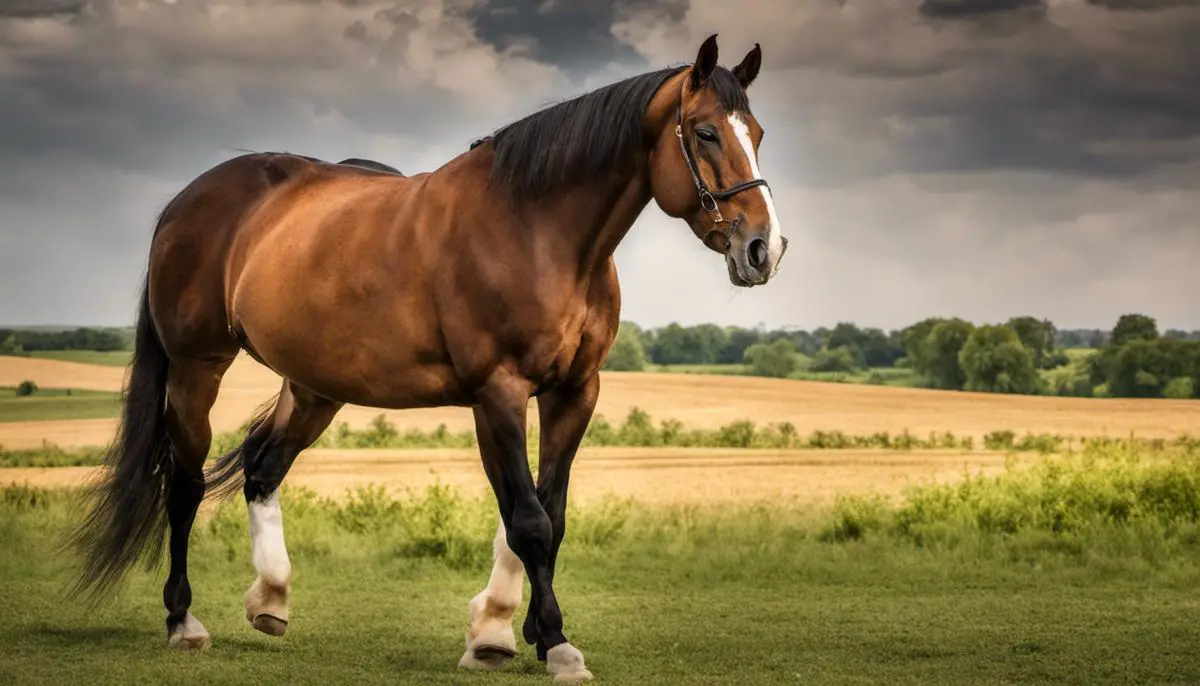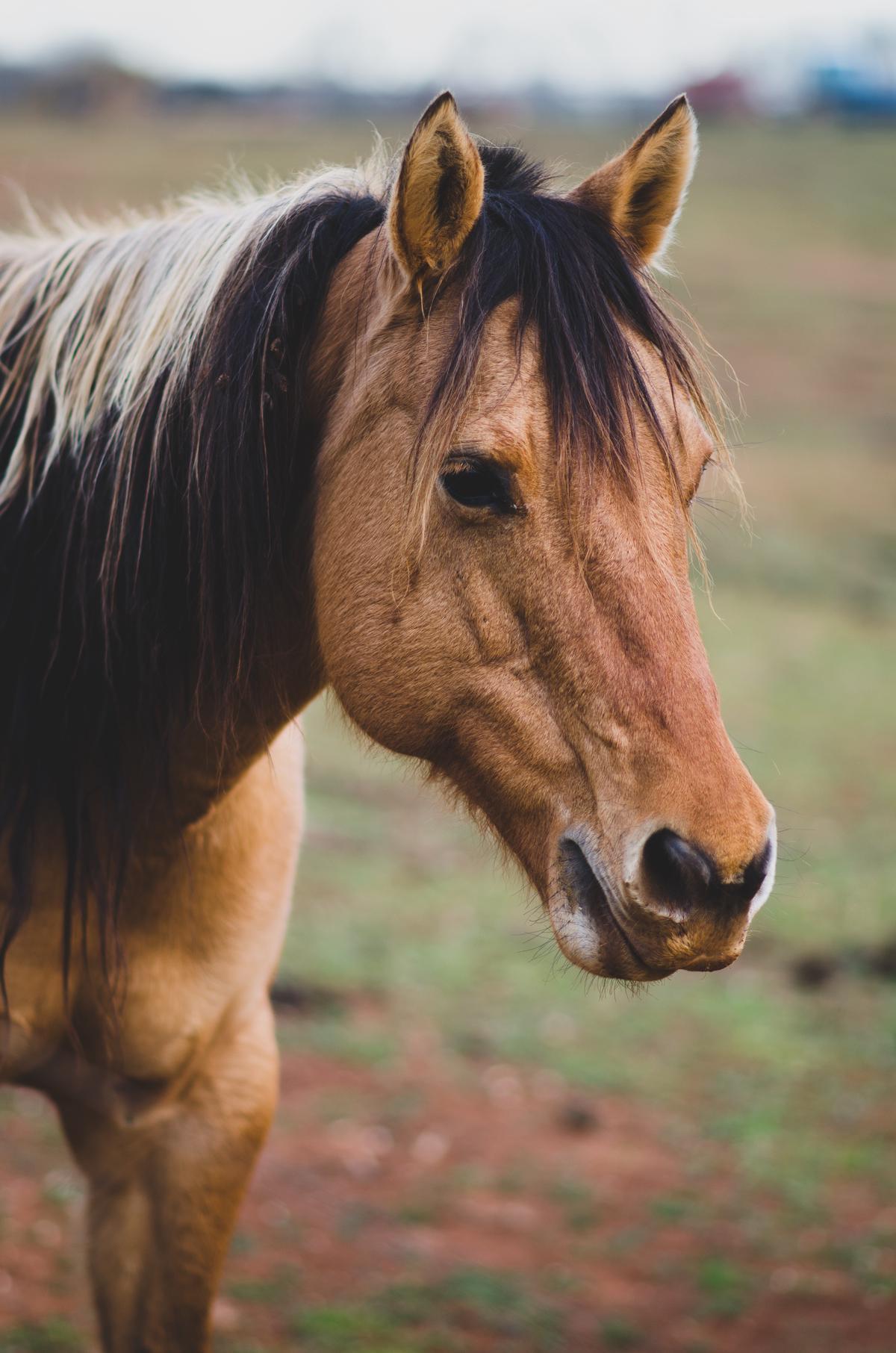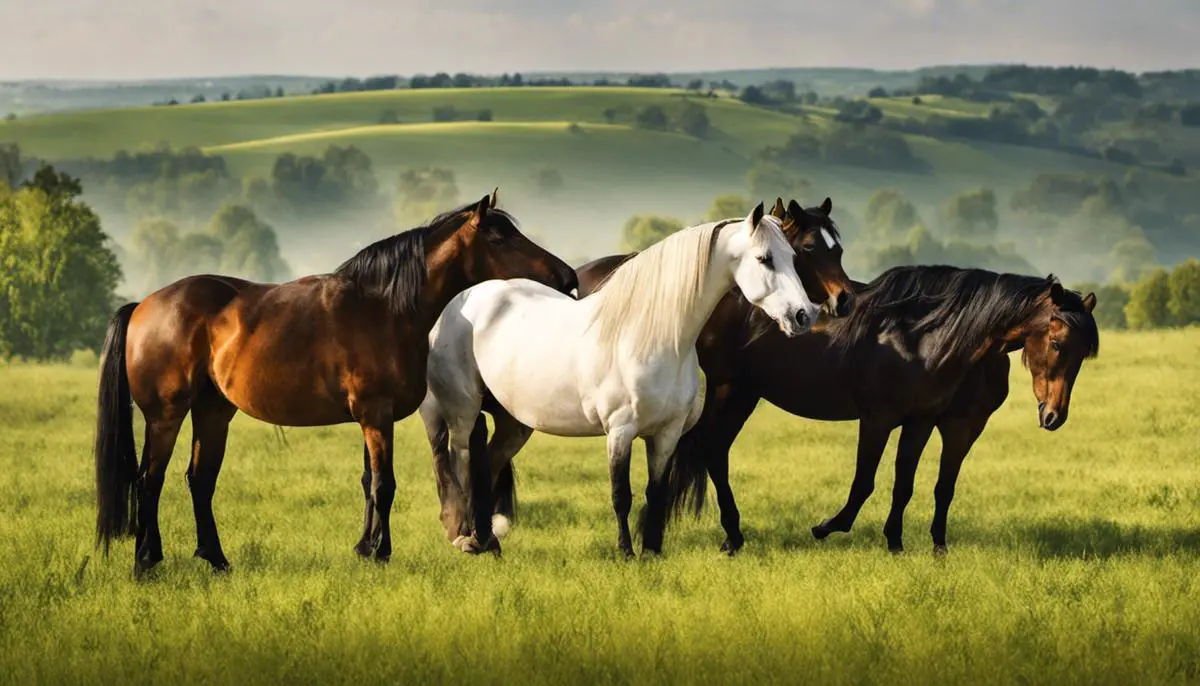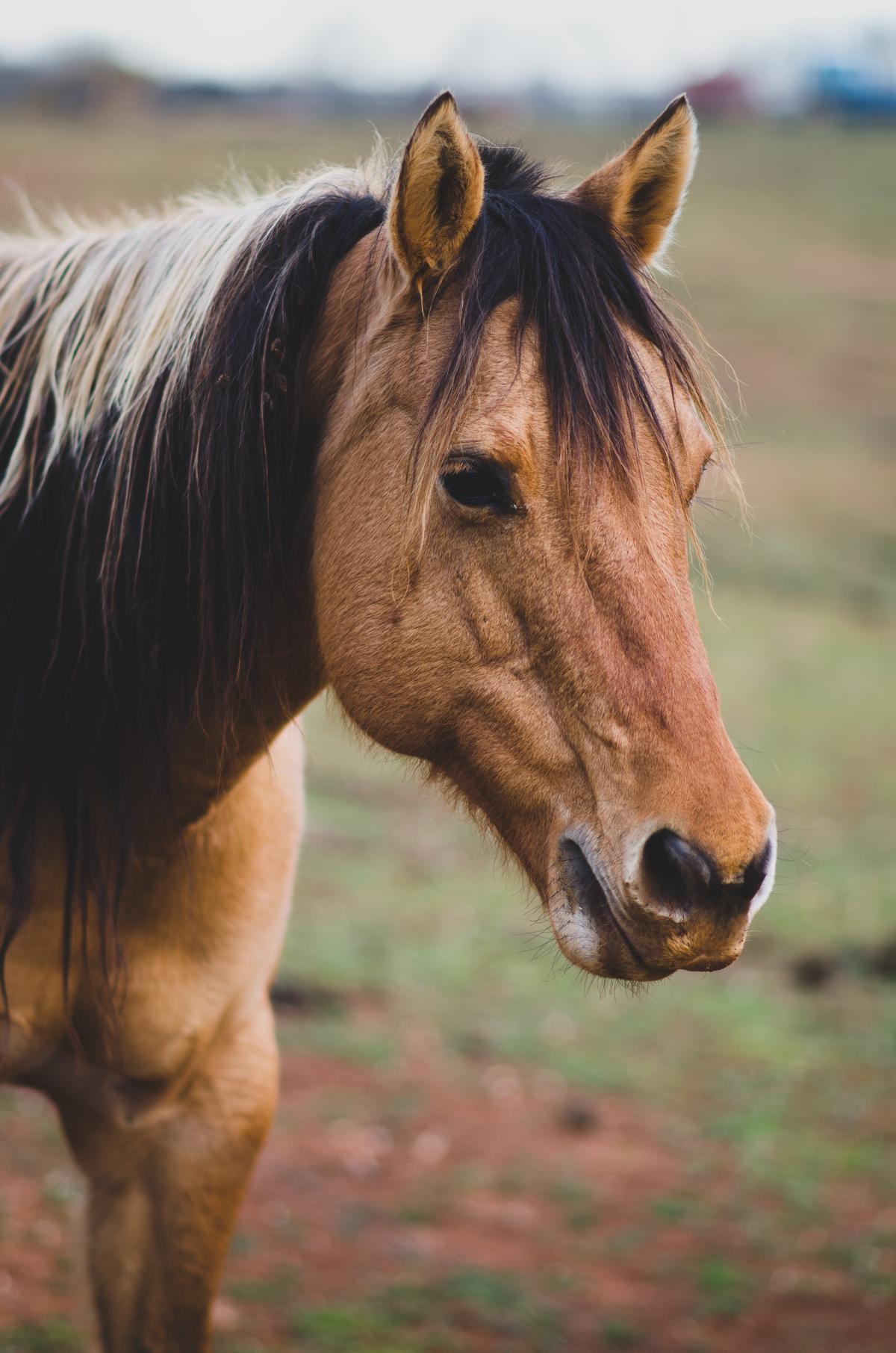Hungarian horses, renowned for their diverse bloodlines and distinct characteristics, play a pivotal role in equestrian history and culture. The rich tapestry of these equine breeds uncovers tales dating back to their native regions, deeply influenced by factors such as the Habsburg monarchy, environmental conditions, and meticulous selection procedures. Equally important is understanding some of the significant breeds from Hungary, such as the Nonius, Shagya Arab, Gidran, and Furioso-North Star, each possessing its own unique history, physical traits, and role in society.
Moreover, conservation efforts to protect these rare bloodlines are instrumental in securing the genetic sustainability and ensuring their legacy for future generations. Hungary’s role in equestrian competition and the global impact of its horse breeds further paints a dynamic narrative that weaves the strength, beauty, and versatility of these animals into the intricately threaded fabric of equine history. We invite you on a journey of discovery, to traverse across timelines, dive into preservation campaigns and witness how Hungarian bloodlines contribute significantly to the competitive equestrian landscape, as well as the enrichment of other horse breeds worldwide.
Table of Contents (Horspedia)
History of Hungarian Horse Breeds
Hungarian Horse Breeds: Origins and History
From the magnificent steeds of the Magyar tribes to the prolific carriage horses of the Habsburg monarchy, Hungarian horse bloodlines hold a significant place in global equestrian history. Archaeological evidence suggests that horses have roamed the territories of modern-day Hungary for thousands of years, with the Magyar tribes first domesticating them even before the formation of the Hungarian state.
Impact of the Habsburg Monarchy On Hungarian Horse Breeds
The Habsburg monarchy, ruling over Central Europe for nearly four centuries, had a profound influence on Hungarian horse breeding. This period witnessed the introduction of foreign bloodlines to improve local breeds, generating the distinct traits unique to Hungarian horses. The Nonius breed, for example, resulted from the interbreeding of English thoroughbreds and local Hungarian horses due to orders from the Habsburg royal court.
Hungarian Horse Breeds: Characteristics & Traits
Selective breeding practices and rigorous environmental adaptations have triggered the development of key traits within Hungarian breeds. These equines are generally recognized for their stamina, resilience, and versatility. Perhaps the two most well-known Hungarian breeds are the Nonius and the Hungarian Warmblood. The Nonius is renowned for its strong build and perseverance, originally bred for agricultural work and later as warhorses. In contrast, the Hungarian Warmblood is vivacious and athletic, often utilized in equestrian sports due to their agility and speed.
The Influence of the Environment
The harsh, varied Hungarian landscape has played a crucial role in shaping the characteristics of local horse breeds. The Great Hungarian Plain, home to some of Hungary’s most famous stud farms, has largely influenced horse-breeding practices. Ranches typically encourage semi-feral conditions, letting horses graze and roam freely in large herds across the vast Puszta. This environment has naturally selected for hardiness, endurance, and a strong herd instinct, traits prized in Hungarian breeds, leading to their use in farming, military, and sporting disciplines.
Conservation efforts
While the prominent Hungarian horse breeds have a rich history, efforts to conserve and protect these bloodlines have garnered importance in recent years. As horses have been replaced by machines for farming and transport, a decrease in their numbers has been noted, making conservation imperative. Initiatives such as genetic preservation and regulations on breeding aim to ensure the longevity of these treasured Hungarian horse bloodlines.
The Influence of Hungarian Horse Breeds
Hungarian horse breeds continue to impress on a global scale, their influence far-reaching within the modern equestrian world. These horses are celebrated not only in traditional Hungarian horsemanship and horse shows featuring their unique traits, but they’re also highly regarded in equestrian sports. The Hungarian horse’s endurance, versatility, and resilience are a reflection of the country’s rich equine heritage and continue to be deeply respected worldwide.

Notable Hungarian Horse Bloodlines
The Distinguished Nonius Breed
The Nonius horse breed, distinctively Hungarian, owes its lineage to a solitary stallion named Nonius that was introduced to Hungary in 1784. The breed was developed through extensive crossbreeding with local mares. The Nonius is a robust and powerful horse, standing between 15.2 and 16 hands high. Known for its broad head with a Roman nose and typically bay or dark coloring, these horses exude quiet strength. Their demeanor is gentle, making them well-suited for riders of varying proficiency levels. In the past, Nonius horses were integral in agricultural work and were the preferred warhorse breed for Hungarian hussars.
Shagya Arab
The Shagya Arab is the result of crossing the purebred Arabian horses with Hungarian breeds in the early 19th century. This breed inherited the grace, agility, endurance, and fine bone structure from its Arabian roots. They are typically around 15 to 16 hands tall and are most commonly seen in gray but can also be found in other colors. Shagya Arabs are notable for their outstanding temperament, being both spirited and easy to handle. These horses were bred as cavalry mounts with an ability to carry heavy weights for long distances.
Gidran (or Hungarian Anglo-Arab) Horse Breed
The Gidran, also known as the Hungarian Anglo-Arab, was developed in the 19th century and initially based on a single sire, an Arabian stallion named Siglavy Gidran. The breed was then refined with Thoroughbred, Lippizaner, and native Hungarian horse bloodlines. Gidrans present a striking, elegant physique with a height between 15 and 16.1 hands at the shoulder. They possess a medium-sized head, a well-muscled neck, and long, strong legs. Having a high energy level and a bold personality, this breed is often used for driving and equine sports.
Furioso-North Star
A blend of local Hungarian breeds and British imports, the Furioso-North Star breed was established in the late 18th century. This horse breed is known for its athleticism, versatility, strength, and endurance. They usually stand between 15.2 and 17 hands high, and most commonly have a bay, chestnut or black coat. These horses are recognized for their kind and willing temperament. Historically, they were used for a variety of purposes, from farming to heavy carriage pulling, and riders today often choose them for equestrian sports and dressage.
Stroke by stroke, Hungarian horse breeds have been meticulously shaped by extensive breeding efforts over the years. These endeavors have succeeded in producing horses rich in specific physical and temperament traits, each customized to excel in different roles. The indelible popularity of these bloodlines serves as a testament to the unwavering triumph of these breeding programs.

Photo by sethlfink on Unsplash
Preservation efforts for Hungarian Horse Bloodlines
Preservation and Enhancement Through Breeding Initiatives
Endowed with the status of national treasures, Hungarian horse bloodlines carry immense importance. Esteemed conservation and breeding programs tirelessly work to uphold these unique bloodlines, with an emphasis on maintaining genetic diversity amongst Hungarian horse breeds, along with strengthening their endurance and ensuring their continuation.
Among numerous conservation and breeding initiatives, the spotlight shines on the robust program of the Hungarian Horse Breeding Association. Their method involves stern selection procedures, punctuated by rigorous performance evaluations and health inspections to verify the high quality and genetic variety of the breeds. To be included in the breeding program, horses must conform to specific criteria. This vigilant approach aids in the elimination of undesirable genetic traits and helps to preserve the distinctive qualities of Hungarian horses.
The Role of the Hungarian National Stud Farm
One pivotal organization in maintaining the health and sustainability of these bloodlines is the Hungarian National Stud Farm. Established in the late 1700s, it plays a key role in preserving, promoting, and improving Hungarian horse breeds. The stud farm’s mission is to foster the betterment of these breeds by implementing avant-garde breeding techniques, somatic cell cloning, and modern scientific methods, while strictly adhering to the traditional Hungarian breeding programs.
Commitment to Sustainability
Protecting Hungarian horse breeds is not only a matter of national pride but also a commitment to sustainability. The intention is to ensure these unique bloodlines can thrive for generations to come, contributing to the biodiversity necessary in our ecosystems. To this end, conservation programs are geared towards sustainable breeding methods that promote healthy, durable horses capable of thriving in various environments.
Collaboration and Preservation
National organizations such as The Hungarian Equine Therapy Association collaborate with international equine organizations to encourage the exchange of knowledge and innovation. This collaboration is vital in ensuring the continual improvement of breeding techniques and the overall well-being of these exceptional horses.
A particular emphasis is placed on the preservation of rare Hungarian horse breeds. Among these are the Nonius, Shagya Arabian, and Hungarian Warmblood. Recognized for their versatility, durability, and outstanding performance in different equestrian sports, these breeds reflect the richness and diversity of Hungarian equine heritage. Their preservation will not only ensure their survival but will also contribute to the planet’s biodiversity and resilience.
The Importance of Preserving Hungarian Horse Bloodlines
Protecting Hungarian horse bloodlines is a significant task that necessitates the use of both conventional breeding techniques and cutting-edge technology. This task is essential not only for the purpose of maintaining the nation’s cultural heritage, but it also has profound implications for the equestrian community worldwide. By implementing a blend of conservation, breeding programs, and the significant contributions of organizations like the Hungarian National Stud Farm, the durability and success of these exceptional Hungarian horse breeds are guaranteed to continue for many generations to come.

Hungarian Horse Bloodlines in Competition
The Esteemed Legacy of Hungarian Horse Bloodlines
Notable Hungarian horse breeds, especially the Nonius and the Hungarian Warmblood, have an established and esteemed history within equestrian competitions. Their legacy is the product of centuries of deliberate breeding, yielding horses that exhibit an unparalleled combination of agility, stamina, strength, and reactive intelligence.
The Nonius Breed in Dressage and Jumping
The Nonius, known for its broad and powerful build, has demonstrated consistent mastery in various disciplines. In dressage, these horses exhibit remarkable strength and rhythm – two hallmarks of this demanding sport. Their ability to perform complex sequence of movements with precision makes them a popular choice. The breed’s inherent calmness and balanced temperament are also invaluable in dressage, where the horse’s mental state can significantly impact performance.
In jumping, the Nonius’s strength comes to the fore. The combination of their powerful hindquarters and dense bones enables them to clear significant heights with apparent ease. Despite their heavy build, they also display surprising agility, making them equally capable in show jumping and cross-country events.
The Hungarian Warmblood in Endurance Races
On the other side of the spectrum, the Hungarian Warmblood is renowned for its vivacity, speed, and unparalleled endurance. Bred from a cross between native Hungarian horses and thoroughbreds, this breed assumes a lighter build and more robust stamina – traits that make it superior in endurance racing.
The capability of these horses to maintain a steady, fast pace over long distances without tiring is a testament to their exceptional endurance. These races often require traversing varying landscapes, uphill climbs and water crossings, and the Hungarian Warmblood’s ability to adapt quickly and efficiently to changing terrains further sets them apart.
Performance on the International Stage
Both the Hungarian Warmblood and the Nonius have not just excelled on a national level, they have also left their mark on the international stage. They are commonly seen participating and performing impressively in World Equestrian Games, International Federation for Equestrian Sports (FEI) sanctioned events, and the Olympics.
In particular, the Hungarian riders aboard their indigenous breeds have collectively won several medals across multiple Olympics, further elevating the prestige of Hungarian horse bloodlines.
Genetic Conservation Efforts
Given the unique attributes and undisputed performance of Hungarian horses in equestrian sports, concerted efforts have been made to preserve and promote these valuable bloodlines. Hungarian breeders remain dedicated to maintaining the genetic purity of their native breeds, continuously enhancing their qualities while staying true to their roots.
The captivating appeal of Hungarian horse bloodlines in equestrian sports stems from their adaptability, sustained power, and innate intellect. These breeds continue to distinguish themselves in a variety of equestrian events due to their resilience. This further underlines the significant influence of Hungarian horse bloodlines within the equine sports domain.

Impact of Hungarian Horse Bloodlines on Other Breeds
Introductory Insights into Hungarian Horse Bloodlines
With a rich and varied history tracing back to the 9th century when the Magyar tribes ingrained horse culture in Hungary, Hungarian horse bloodlines remain a topic of interest. Particularly well-known breeds include the Shagya Arab, Hungarian Warmblood, Nonius breed, Furioso-North Star, and the Gidran. Each of these breeds carries distinct attributes, solidifying their prominence.
Influence of Hungarian Bloodlines Globally
Over time, selective breeding has allowed Hungarian bloodlines to greatly influence various horse breeds worldwide. Hungarian horse breeds are esteemed for their strength, versatility, and endurance, making them attractive candidates for improving other horse bloodlines internationally.
Impact on Selective Breeding
Hungarian horse bloodlines have been incorporated into several breeds through the process of selective breeding, a technique intended to enhance desirable traits. For instance, the Shagya Arab and the Gidrán, both originating from Hungarian bloodlines, have been used to improve endurance qualities in breeds across the globe, specifically in eventing and show jumping horses.
Influence on Warmblood Breeds
Notably, the Hungarian Warmblood has significantly influenced European Warmblood breeds. As a result of crossbreeding with Thoroughbreds and Arabian horses, Hungarian Warmbloods are noted for their elasticity and power, characteristics that have proven beneficial in improving sport horse breeds.
Contribution to American Horse Breeds
In North America, Hungarian bloodlines have made a considerable impact on American breeds and racing. The Furioso-North Star and Nonius breeds, for instance, have been utilized to enhance the speed and stamina of American Thoroughbreds.
Hungarian Horse Breeds in Australia and South Africa
In the southern hemisphere, Hungarian horse bloodlines have also made a significant contribution. In Australia, they have been integrated into the breeding programs for Australian Stock Horses to improve their adaptability and durability. Meanwhile, in South Africa, the introduction of Hungarian breeds into the local Basuto pony stock has resulted in more robust creatures capable of surviving harsh climates.
Revitalization of Breeds in Eastern Europe
Simultaneously, back in Eastern Europe, horses of Hungarian descent have played a significant role in revitalizing local horse breeds. For example, the Karakachan horse in Bulgaria and the Hucul horse in Poland and Romania have both experienced resurgence due to the introduction of the robust and resilient Hungarian genes.
Future of Hungarian Horse Bloodlines
Ongoing selective breeding programs continue to incorporate Hungarian bloodlines globally, advancing the longevity, endurance, and overall performance of various horse breeds. With proper preservation and development, the influence of Hungarian horse breeds is expected to persist, progressively shaping the future landscape of international horse breeding.

Photo by sethlfink on Unsplash
The story of Hungarian horse breeds is not just a historical narration, but an ongoing saga of resilience, adaptability, and versatility. Their prominent presence in various equine disciplines, ranging from racing to jumping, to endurance, highlights their outstanding diversity and performance capabilities. These are not just horses; they are a testament to the power of selective breeding, the importance of preserving genetic diversity, and the global influence they have wielded on several other horse breeds.
The intricate tapestry of Hungarian horse bloodlines continues to be woven with every generation, carried forward by the tireless efforts of conservatory organizations. Whether they are prancing in the elaborate dance of dressage, thundering down the racetrack, or quietly contributing to the flavors of other worldwide breeds, these Hungarian horses impart a compelling narrative that resonates on a global scale.

